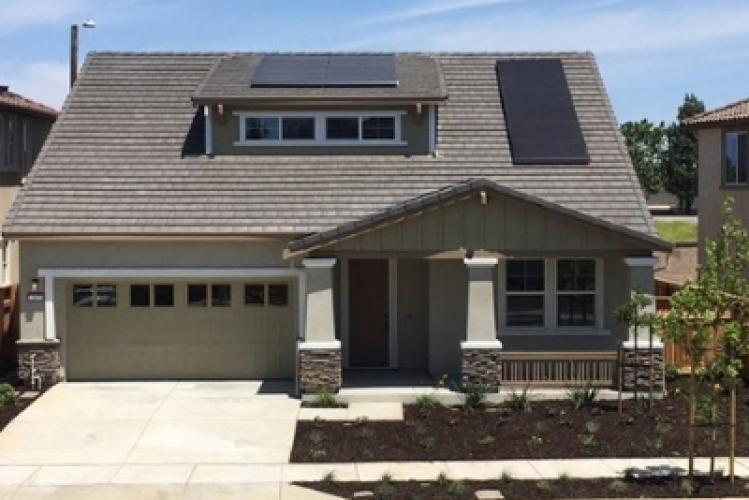3 Lessons from ACEEE’s Conference on Health, Environment, and Energy
The Energy/Health Connection
One in every 13 Americans has asthma, and we spend over $50 billion each year treating it. But did you know asthma attacks (and several other health issues) can be alleviated with better energy efficiency?
Energy efficiency policies and programs reduce pollution by offsetting the need for additional generation from power plants. Increasing energy efficiency and targeting programs to those most vulnerable for health issues (e.g. the elderly, people with existing chronic conditions, residents living in areas of higher pollution) improves public health while avoiding additional healthcare costs.




